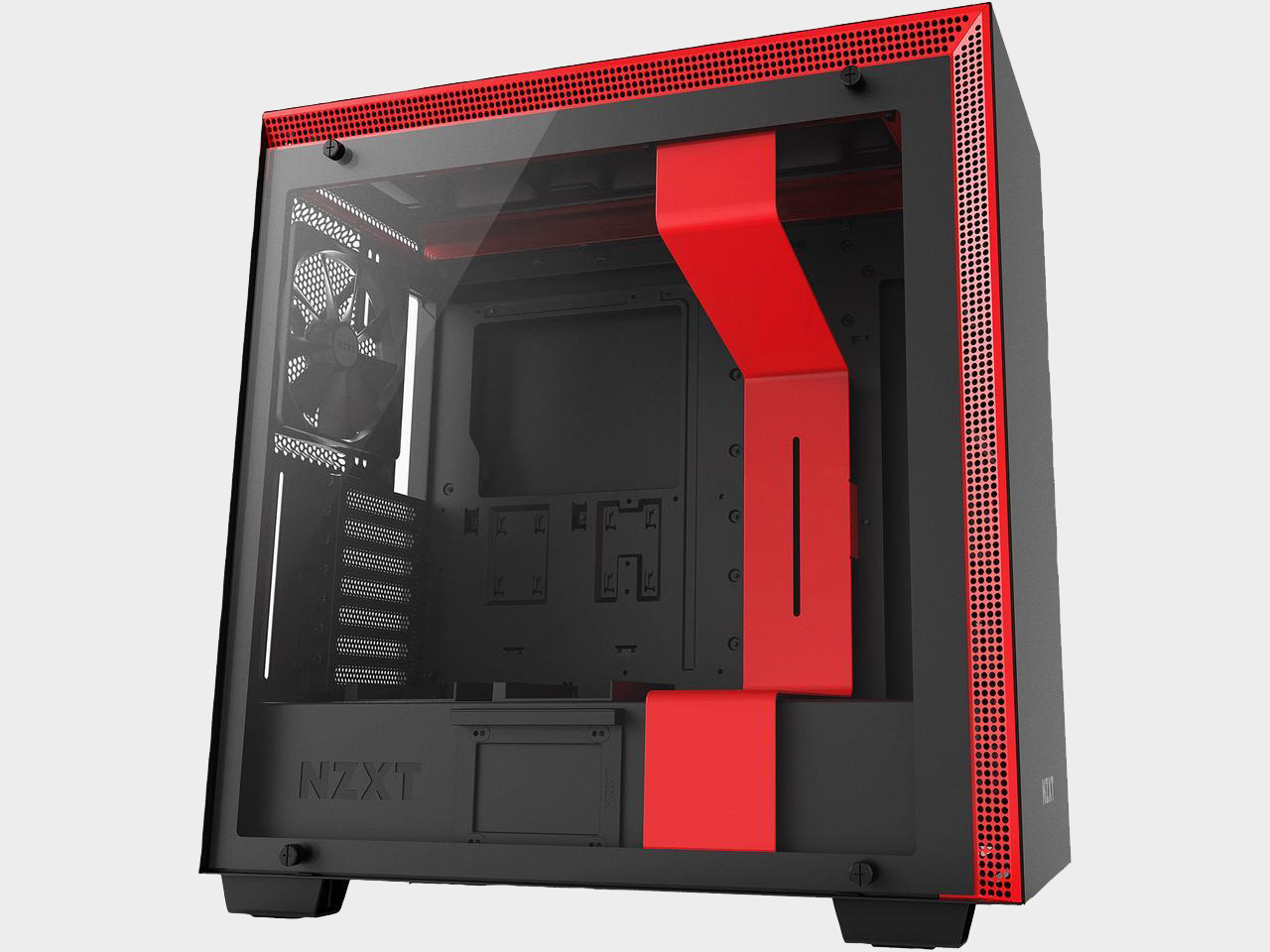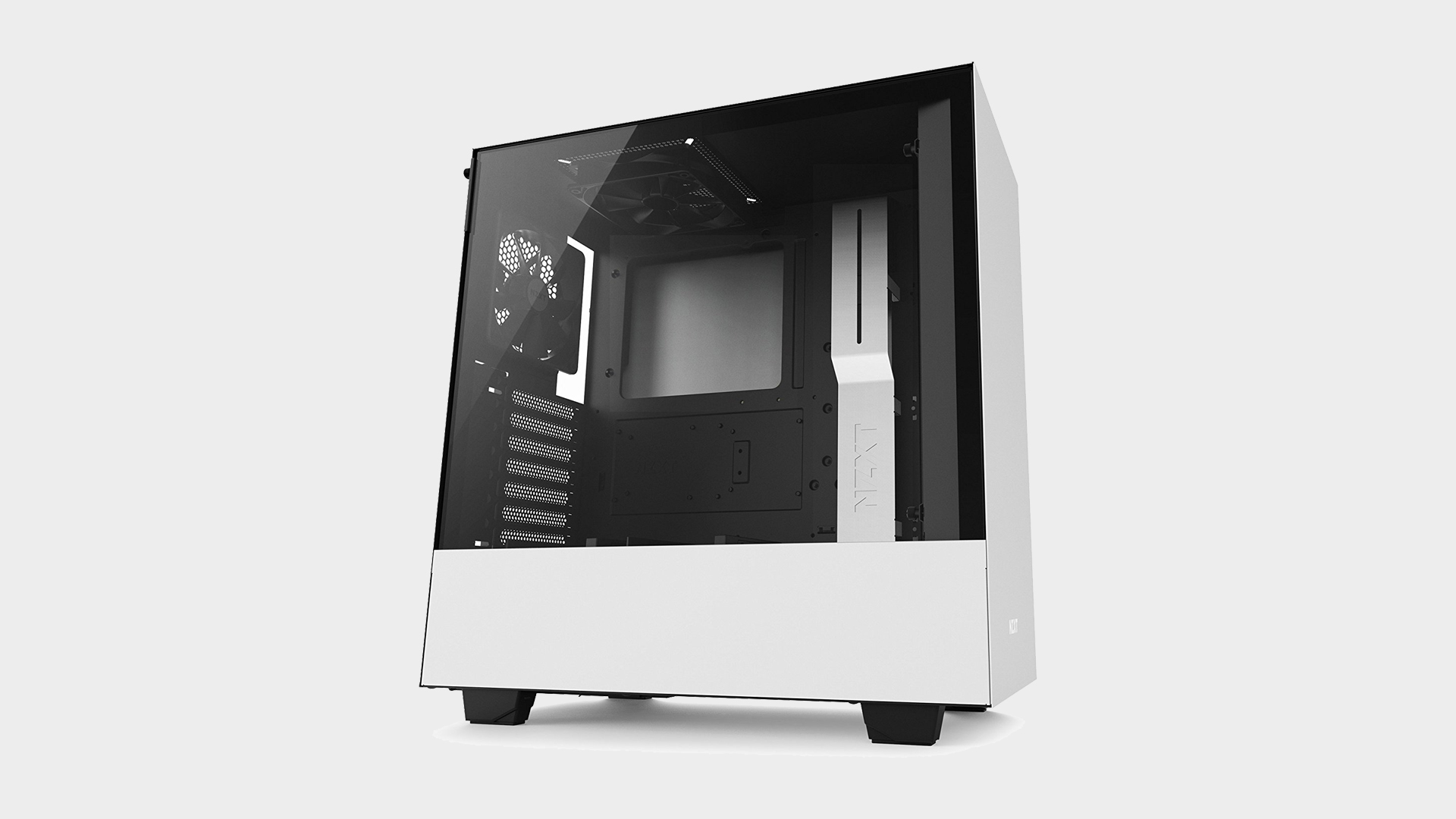NZXT H500 vs NZXT H700: which case should you buy?
The H700 is a step up from the H500, with more features and a slightly different design.

Mid-tower cases are a perfect middle ground between portability and accessibility, so it's no surprise that NZXT's H500 is one of the best PC cases. But between those important aspects, mid-tower cases these days can also offer enough customizability to accommodate budget builds to high-end builds, without having to spring for a new case each time you build a PC or furnish your current one with upgrades.
NZXT's H500 and H700 fall squarely into those categories, and both are great for new and experienced builders alike. The H700 does have a host of new features for those who are interested in making their rigs a little "extra," and might be more beneficial to those to are looking to build a higher-end rig, but either one could do—especially since any NZXT case comes with the same easy cable management system.
The H700
The H700 enlarges the H500's footprint to make room for a different ventilation system, more fans, more USB ports on the top I/O panel, and other changes. At 230mm X 516mm X 494mm, with feet, this case can accommodate mini-ITX, microATX, ATX and EATX (up to 272mm) motherboards and still leave room to spare. For instance, there's room for up to a 360mm radiator in the front and the top, as well as a 120mm in the rear.
Instead of filters on the front right side panel and bottom front they now line the sides of the front and the top, where the panels meet. The tempered glass side now extends all the way to the bottom of the case instead of stopping short at an opaque barrier.
Another big change is to the number of 2.5-inch drive bays; where the H500 has only two, the H700 has seven, one of which is placed along the bottom bar that you can now see through the glass panel. Both still have the same number of 3.5-inch drive bays. Also, the I/O panel features the following ports: two USB 2.0, two USB 3.1 Gen 1, and one audio/mic.

The H500
Compared to the H700, the H500 is a compact mid-tower case, with a footprint of 210mm X 460mm X 428mm, with feet. For an equally sleek-looking case that's also constructed from steel and tempered glass, it's the more "no frills" of the two.
It supports mini-ITX, microATX, and ATX motherboards, radiators up to 280mm in the front and up to 120mm in the rear, as well as a reservoir and pump, up to 180mm along the cable bar and up to 86mm along the bottom panel. If you're not going the liquid cooled route, two 120mm fans can fit in the front, as well as one at the top and one at the rear.
The biggest gaming news, reviews and hardware deals
Keep up to date with the most important stories and the best deals, as picked by the PC Gamer team.
The H500 has fewer I/O ports than the H700, however—just two USB 3.1 Gen 1
and one audio/mic. It also has only two 2.5-inch and two 3.5-inch drive bays (or 2+1 for either).
NZXT H500 vs NZXT H700: Which one should you buy?
When NZXT doesn't have them on sale, the H500 is $76.99 verses the H700 at $164.99—a huge jump, obviously. (Prices will vary depending on the retailer.) If you're planning to use a NVMe SSD with your next build, especially if its 1TB or more, and only liquid cool your CPU, you probably won't need all that extra drive bay or radiator space. That $88 savings could go towards better a GPU, CPU, RAM, or any other component.
However, if you are going all-out on your next build and are planning on doing some serious CPU and GPU overclocking, then the H700 would be the better choice for its extra space and features. It all comes down to your budget and what is going to house your components most efficiently. If you stream and need a lot of USB ports in addition to the one your motherboard provides, then the H700 would be a better option for that reason as well.
I should also mention that both case models do not include RGB lighting and NZXT's CAM-powered Smart Device for controlling lighting and fan speeds. (For those smart features, check out the H500i.) If you don't care about such things, then either of these cases are a good option.
Whatever you choose, you get the same color schemes in both—white/black, all black, red/black, and black/blue—but if you happen to be a fan of Overwatch, NZXT offers the H500 case with that theme.


